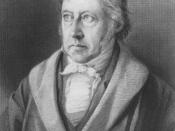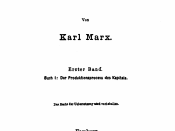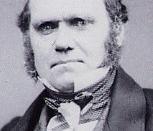Cultural Revolution
Section 1: New Ideas
- A group of thinkers called the British classical school, led by the Scottish economist Adam Smith, gave the laissez-faire principle its fullest explanation and defense between the 1770's and the 1840's.
- Their support came at a time when laissez faire suited the needs of a rapidly developing industrial economy. The classical economists started from the assumption that individuals are motivated by self-interest. They maintained that people serve their own interests best when they provide the goods and services most wanted by others. Individuals who are free to operate in an open, competitive market automatically promote prosperity for all. Thus, the government should have little to do with the economy.
- The theory of laissez faire greatly influenced economic thought and action during the early and mid-1800's. Later, however, critics charged that laissez faire failed to solve many economic and social problems that had arisen.
- Gradually, the governments of industrialized nations started to regulate economic activities more closely. They also began to pass laws aimed at relieving such social problems as poverty and unemployment.
- As a university student, Marx was heavily influenced by the work of the German philosopher G. W. F. Hegel. The young Marx adopted many of Hegel's ideas, including the notion that rational ideas were the driving force in history.
- In the early 1840's, however, Marx began to move away from a strictly Hegelian philosophy. He rejected Hegel's notion that rational ideas determined events and instead maintained the opposite, that material forces--the forces of nature and especially of human economic production--determined ideas.
- In Paris in the 1840's, Marx became interested in the ideas of French socialists, including Pierre J. Proudhon and Charles Fourier.
- A key issue among Paris intellectuals was the plight of the...


